PlanHalf Day
Explore the must-see sights and most-special locations within the grounds of Dazaifu Tenmangu


This trip to Dazaifu Tenmangu covers the must-see sights and most-special locations within the grounds and immediate vicinity of the shrine. Ideally, begin your journey in the morning to experience the grounds at their most peaceful. The trip can be completed within half a day, but if you plan to stop for breaks and to take photos, you may need a little longer.


Start
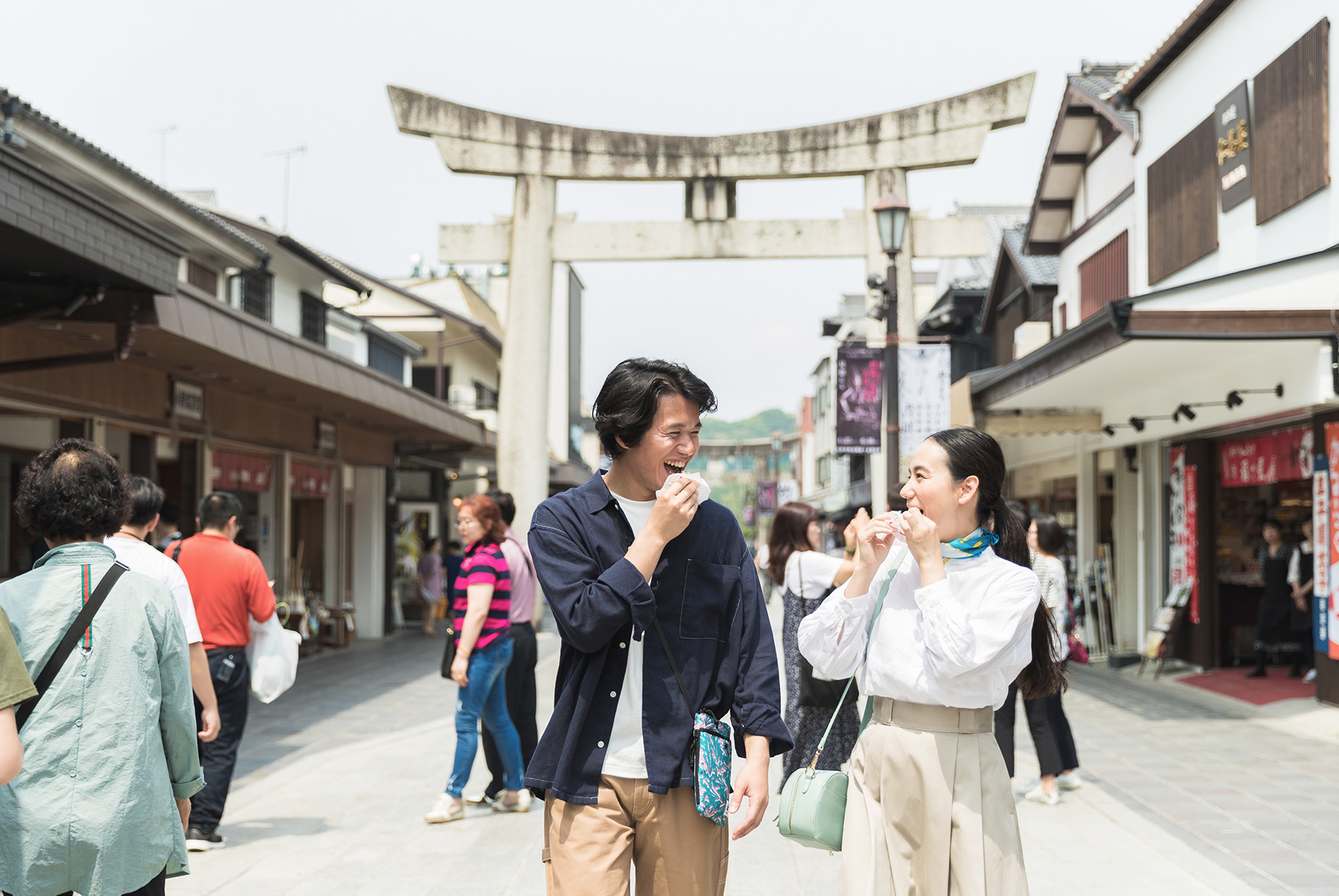
Stroll Monzenmachi
Follow Monzenmachi, the main approach to the shrine, lined with shops, teahouses, and cafes. The
street runs adjacent to Dazaifu Station and is straddled by large stone torii gates. Many of the
shops along the approach sell special mementos, trinkets, and crafts. After walking several
hundred meters along the approach, you pass under another large torii gate marking the entrance to the
shrine grounds.
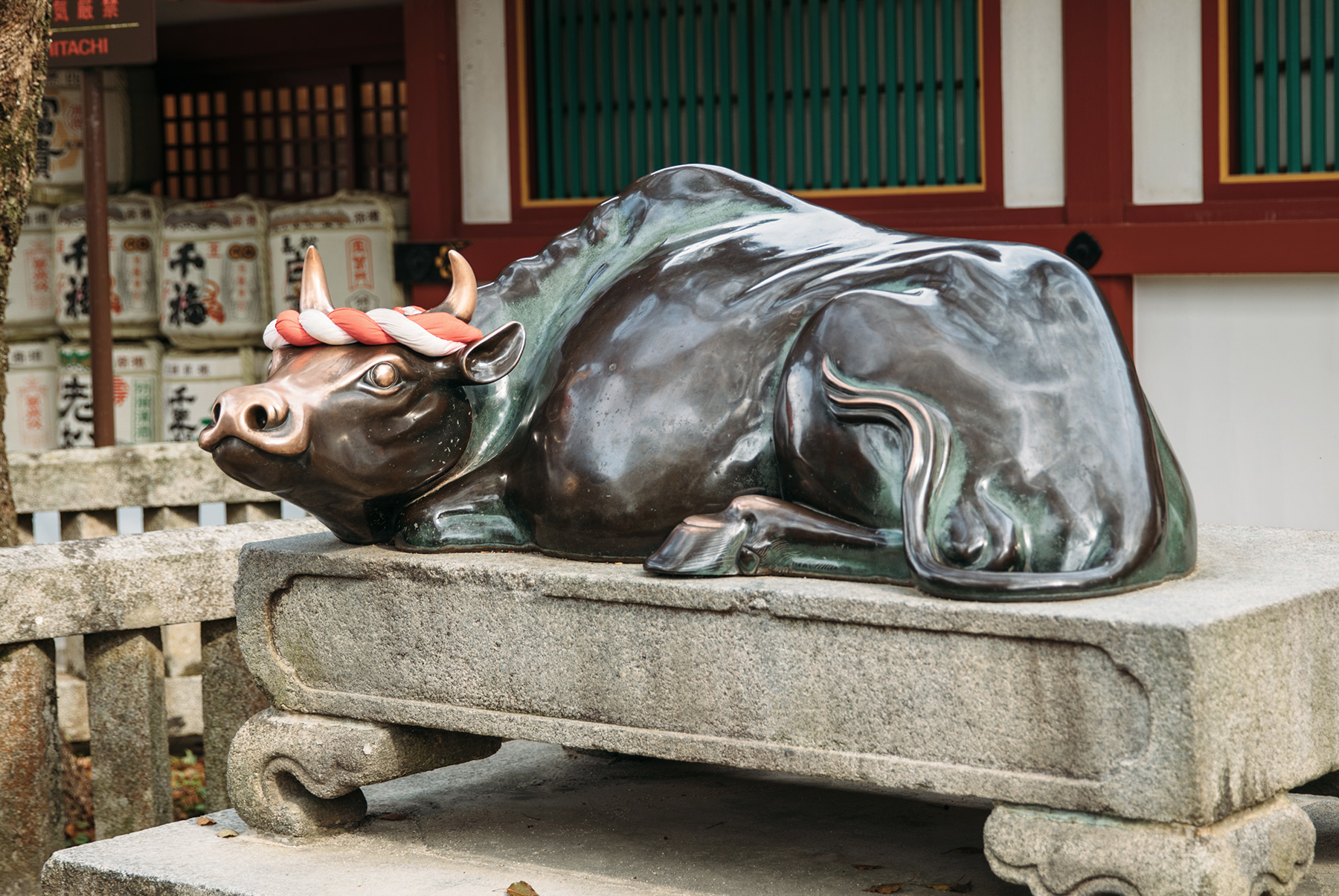
Discover an iconic symbol of the shrine
Within the grounds there are many interesting statues, all of them donations. One of the first
you pass will be a large bronze ox. Feel free to take a photo beside the ox and rub its head for
good luck. The ox is a common symbol of the shrine for the role it played in bearing the remains
of Sugawara Michizane (845–903), the deity enshrined at Dazaifu Tenmangu. There are 11 ox
statues, or shingyu, within the grounds of Dazaifu Tenmangu.

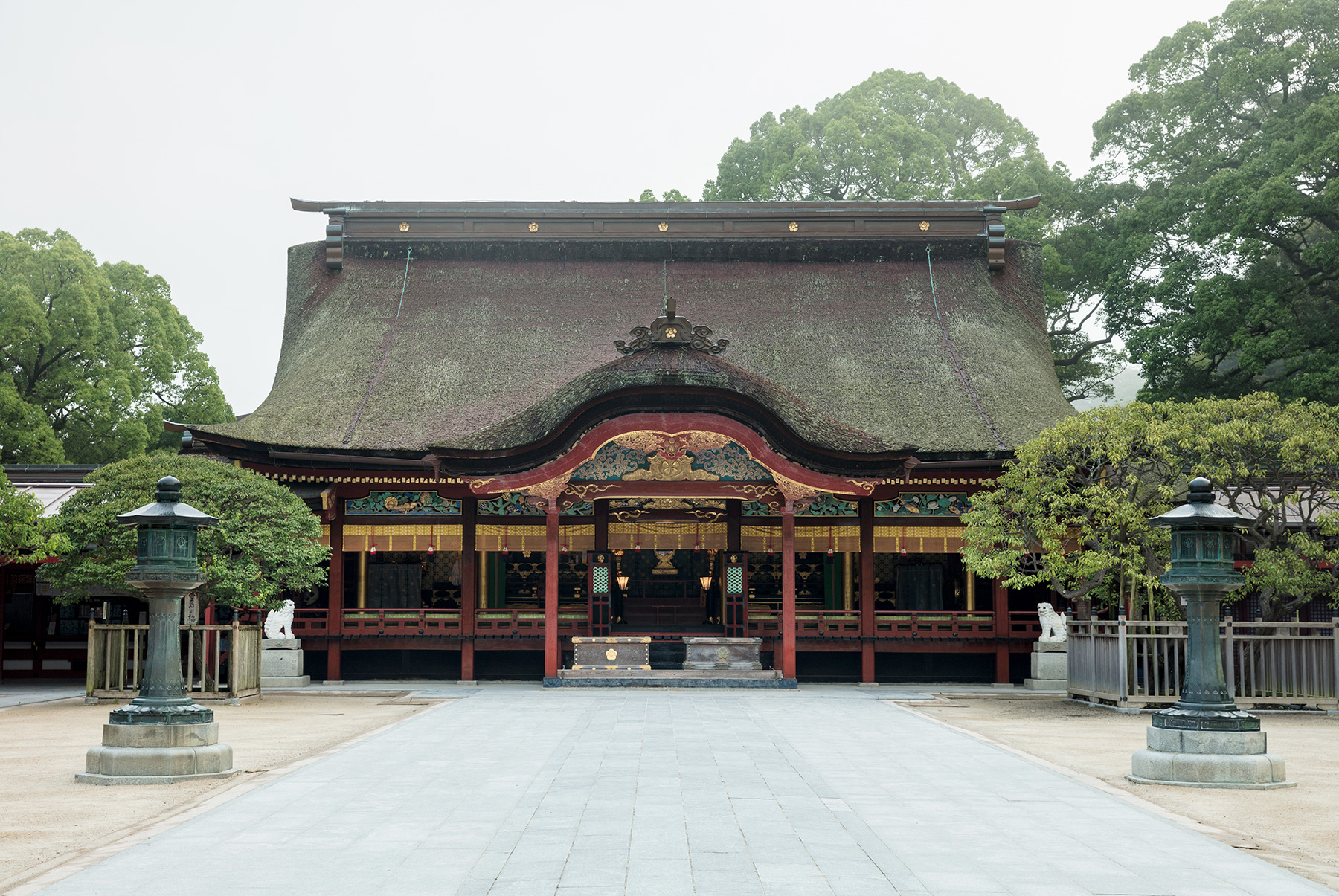
Pray at the honden
You can pay your respects to Sugawara Michizane, the deity of learning, culture, and the arts, at
the shrine’s honden, or main sanctuary, an ornate hall of worship that stands over the burial
site of Sugawara. The honden is the spiritual center of the shrine. Here, you can often see
priests and shrine maidens performing their daily duties, from conducting blessings to sweeping
the grounds.

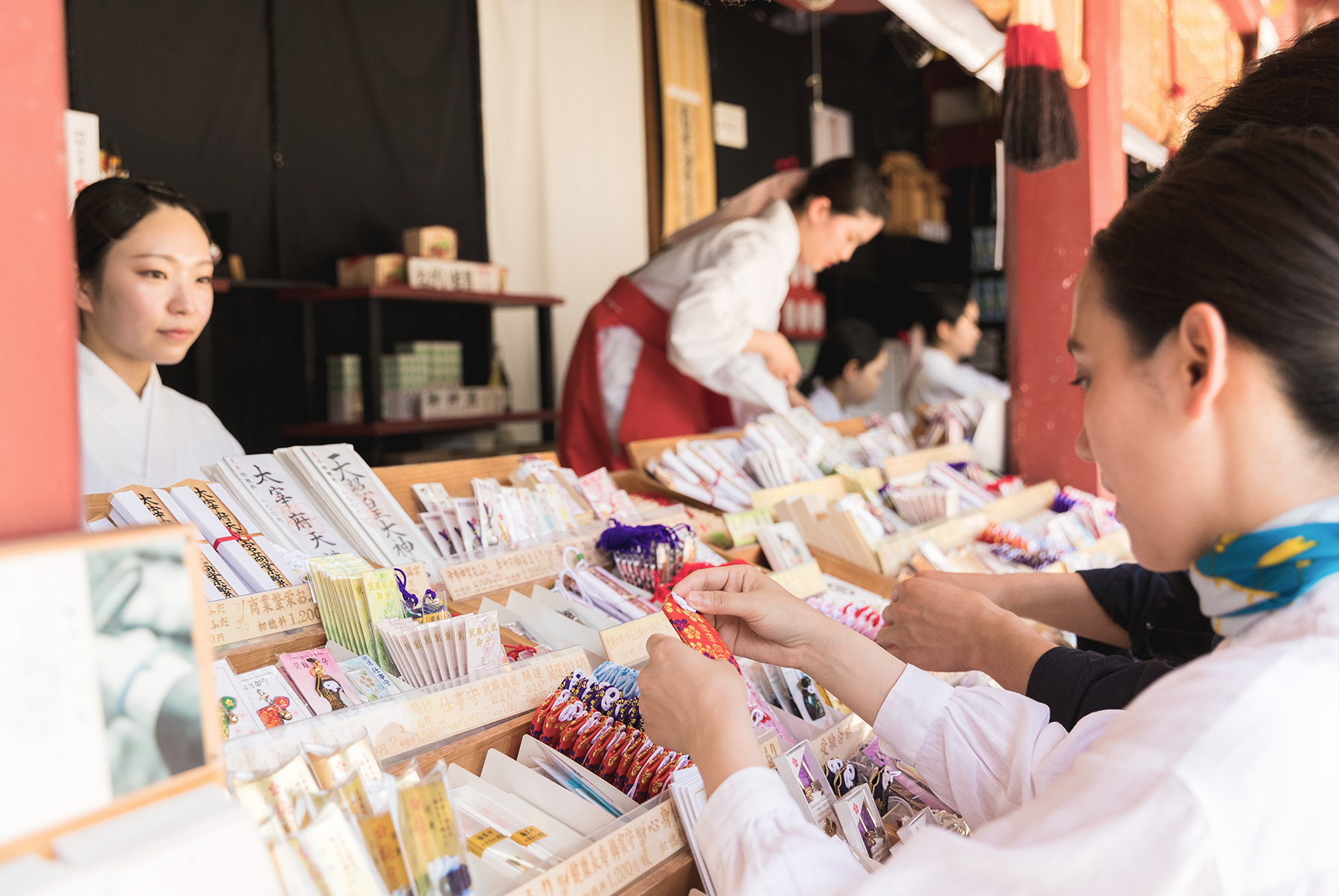
Visit an amulet counter
After offering a prayer at the honden, take part in a typical shrine activity. Visit one of the
omikuji stations to receive an omikuji, a paper blessing with your fortune written on it. At
amulet counters you can obtain lucky amulets, or omamori, and special wooden plaques called ema,
which you write over with a wish and then display in the grounds.
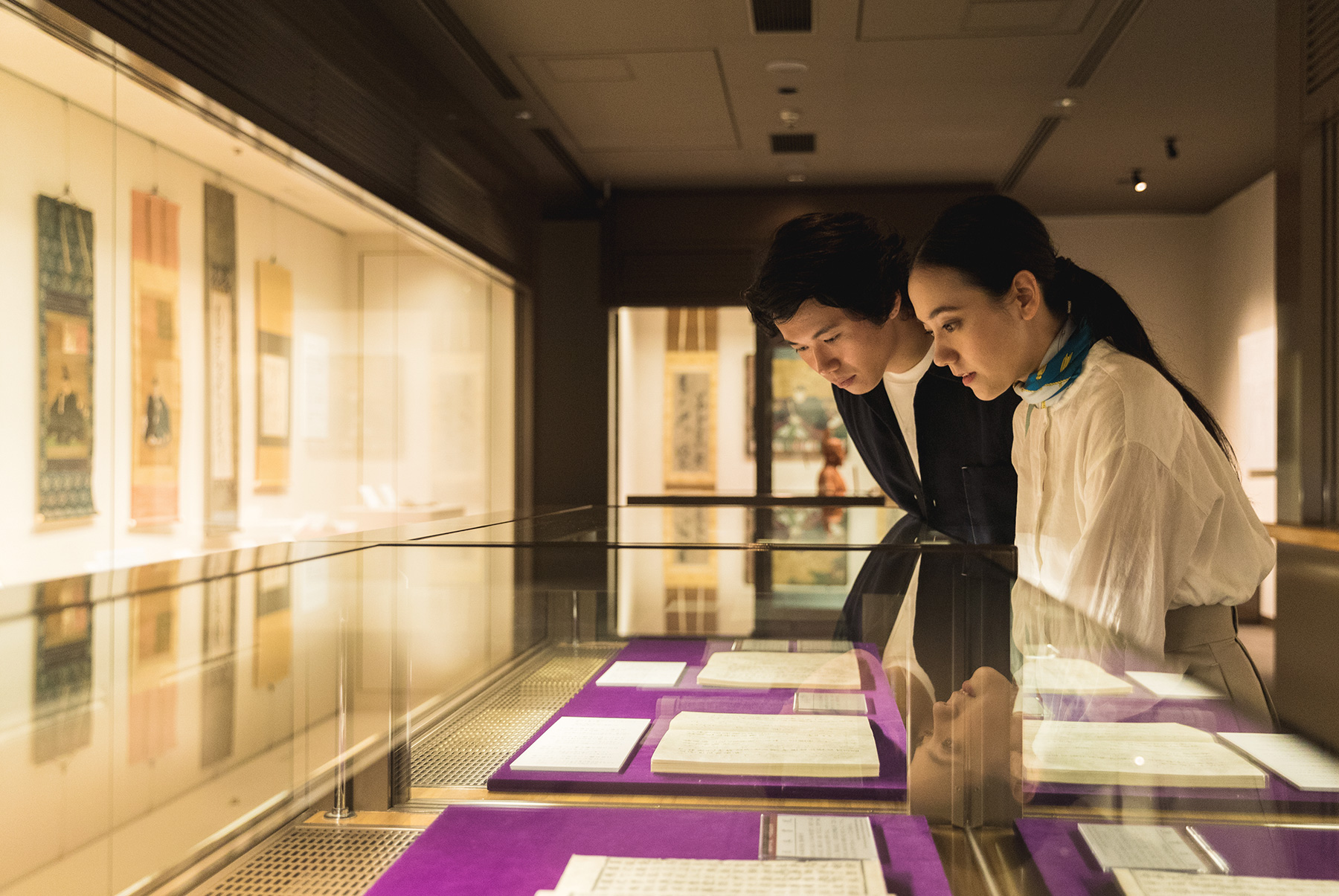
View invaluable artworks and artifacts
Visit the Dazaifu Tenmangu Museum for its notable collection of art and historical treasures.
Here, you can learn more about Sugawara Michizane and the invaluable works that make up the
museum's collection. Your visit may also coincide with one of the regular temporary exhibitions
that cover many art forms including photography and contemporary art.

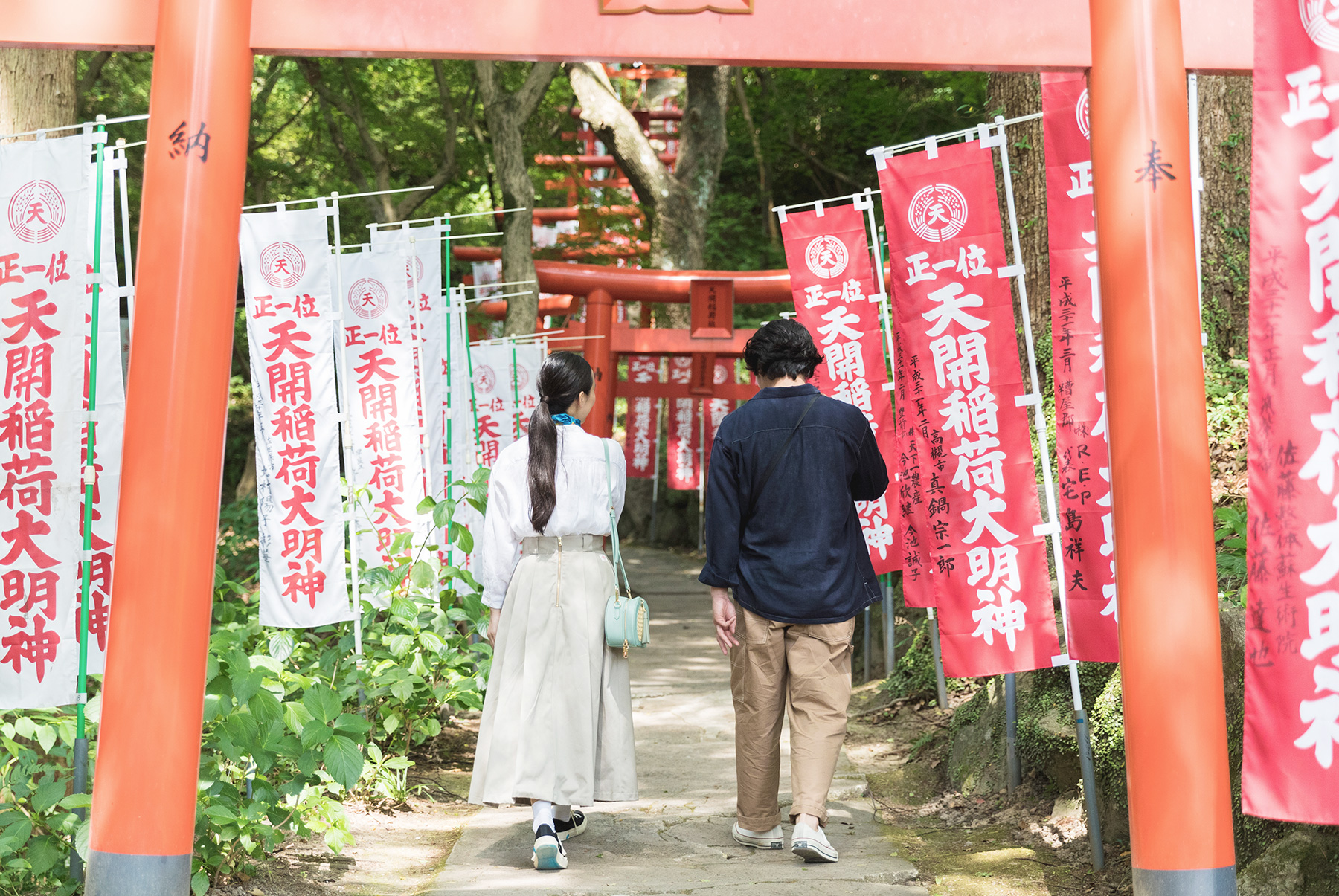
Walk a path of red torii
Head to Tenkai Inari Shrine to explore more of the grounds. This curious hillside shrine features
steep flagstone steps, an array of small red torii gates, and an altar set within a small cave.
The winding path up to the shrine can be picked up from behind the honden.



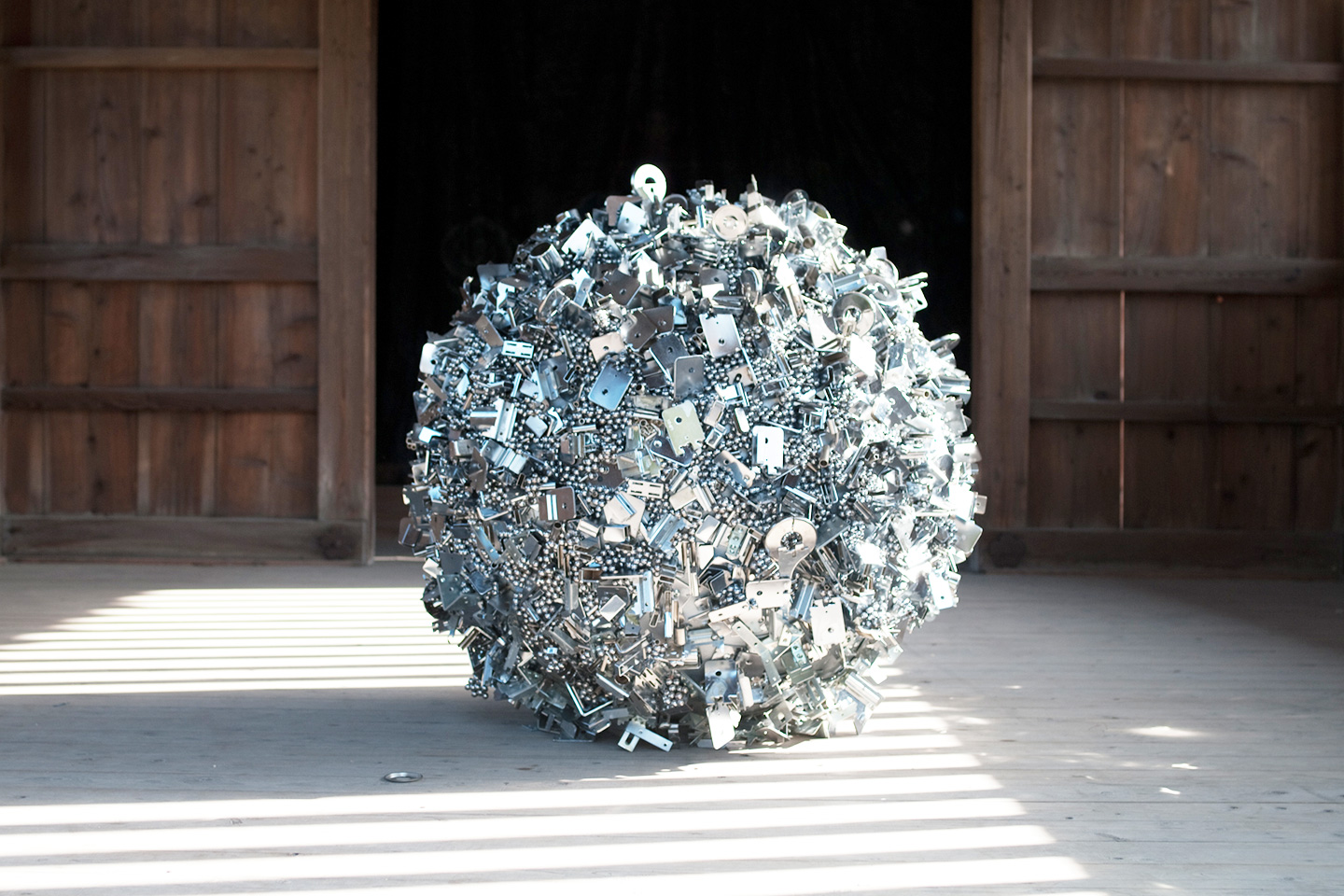
©︎Ryan Gander
Really shiny stuff that doesn’t mean anything, 2011
Courtesy of Taro Nasu, Tokyo
Encounter contemporary art
Art is everywhere at Dazaifu Tenmangu because of the shrine's connection to the deity of
learning, culture, and the arts. Look out for the contemporary pieces that dot the grounds. They
are part of the innovative on-site art program that encourages visitors to consider religion
through art.
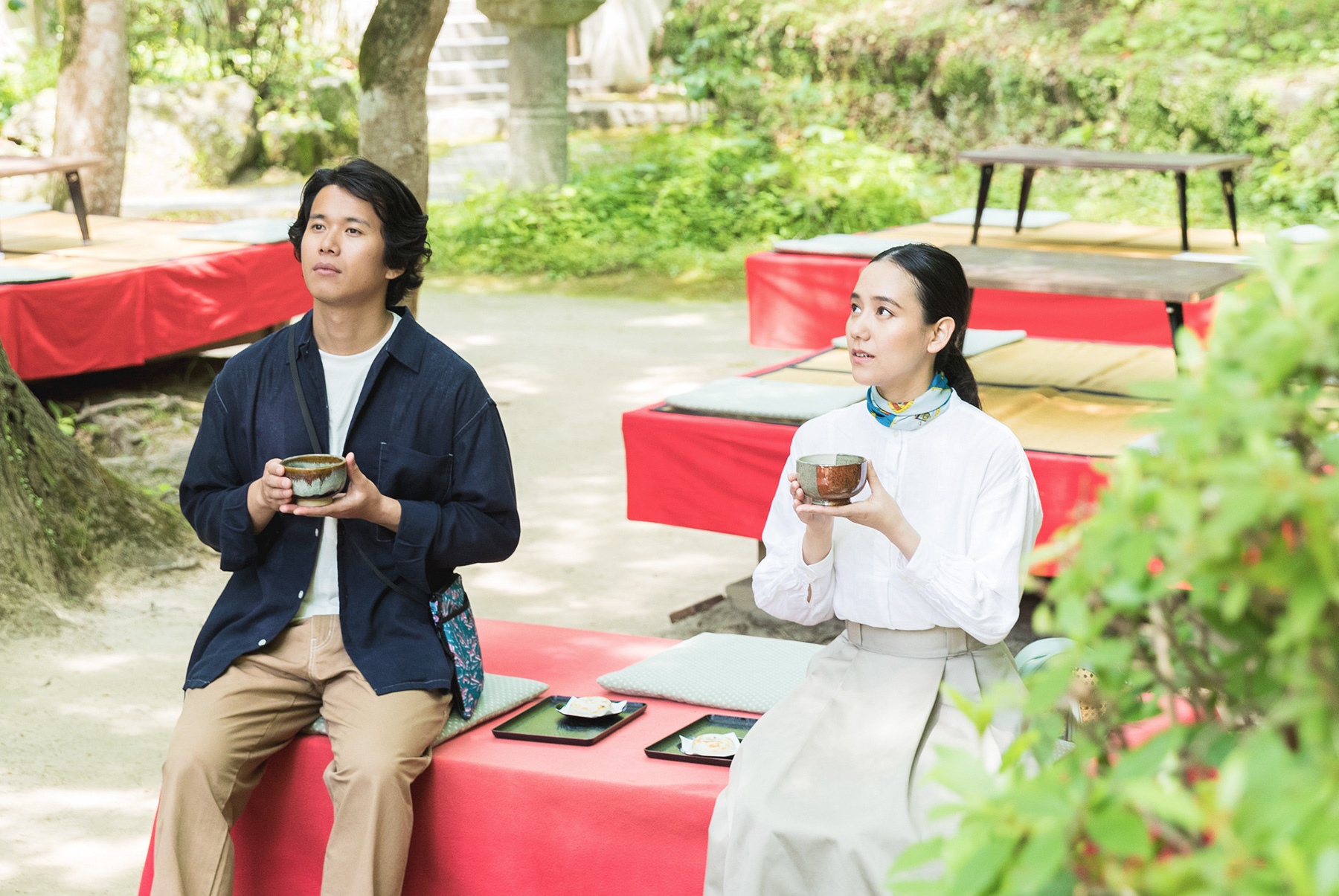
Take a break at a teahouse
After exploring the shrine precincts, take a moment to relax at an on-site teahouse and indulge
in umegaemochi—fresh-baked rice cakes stuffed with azuki bean paste and embossed with a plum
blossom design—served with green tea. Enjoy these traditional refreshments before continuing
with your visit or heading back to the train station.

